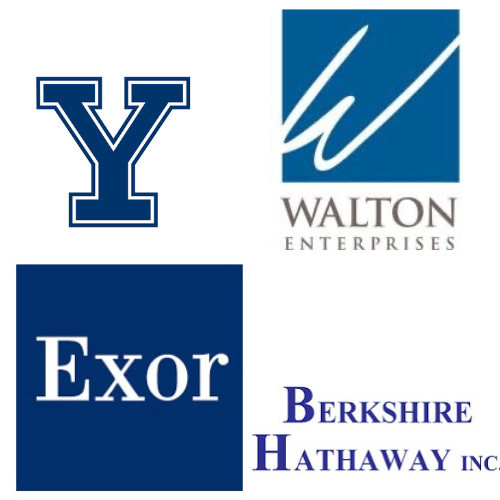Building Wealth That Lasts: An Exploration at The Intersection of Capital Preservation and Permanent Capital (1/n)
“Our solemn objective has remained the same: to protect and preserve the purchasing power of our shareholders’ irreplaceable savings”. Tony Deden, Edelweiss Holdings
Introduction: The Challenge of Long-Term Wealth
Most investors focus on growth, but few consider what it takes to preserve and compound wealth across generations. The difference between fleeting success and lasting prosperity often comes down to two key principles:
Capital preservation—protecting the principal while allowing for measured growth.
Permanent capital—structuring investments so they aren’t subject to short-term liquidation pressures.
While these concepts are distinct, they are also deeply interwoven. Investors who think in decades rather than years know that true wealth creation is not just about making money—it’s about keeping it and growing it sustainably.
Capital Preservation: Defense First, Growth Second
Capital preservation is often misunderstood. It does not mean avoiding risk altogether, but rather ensuring that no single setback can permanently impair wealth. Family offices, endowments, and patient investors prioritize it through:
Asset diversification – Spreading risk across asset classes, geographies and or companies for instance, without necessarily being over-diversified either.
Quality over speculation – Investing in businesses and assets that can survive and thrive through downturns and over long time horizons.
Low leverage – Avoiding excessive debt that could force a sale at the wrong time.
Cash-flow orientation – Favoring investments that generate sustainable income/free cash flows.
Crisis resilience – Holding liquid reserves (cash, gold…) and/or uncorrelated assets to withstand economic shocks.
The goal is not just to avoid losses but to “stay in the game” long enough for compounding to work its magic.
Permanent Capital: The Key to Long-Term Thinking
Permanent capital is the ultimate tool for long-term investors because it removes the pressure of artificial deadlines. Unlike traditional private equity funds or hedge funds, permanent capital structures or vehicles (most often in the form of privately-owned or publicly-listed investment holding companies) allow for:
Unconstrained time horizons – No need to exit investments prematurely to satisfy external investors.
Patient compounding – Allowing capital to grow uninterrupted.
Better decision-making – Avoiding short-term pressures that lead to suboptimal choices.
Some of the best examples of permanent capital in action include:
Family-controlled businesses (e.g. Hermes)
Publicly traded holding companies (e.g., Berkshire Hathaway, Exor)
Endowments & foundations (e.g., Yale’s investment model)
Some family offices (e.g. Walton Enterprises) and sovereign wealth funds (e.g. Norway SWF).
Where Capital Preservation and Permanent Capital Meet
The most successful long-term investors combine capital preservation and permanent capital into a single philosophy:
They prioritize survival first – Understanding that avoiding permanent loss is key to compounding.
They own assets that last – Whether businesses, real estate, or infrastructure, they focus on durability.
They reinvest profits into resilient growth – Not chasing fads but compounding within industries they know well.
Lessons for Investors
If you’re an individual investor → Think in decades, not years. Prioritize quality, cash flow, and resilience over speculation.
If you run a business → Structure ownership to avoid short-term pressures, ensuring the company can thrive across generations.
If you manage a family office or endowment → Build a portfolio that balances wealth preservation with selective, high-conviction investments.
Conclusion
Capital preservation and permanent capital are not just investment strategies—they are mindsets. Whether you're a family office, a business owner, or an investor, the goal should be to build things that endure. True wealth is not just about financial capital, but also intellectual and social capital—passing down knowledge, values, and businesses that can withstand the test of time.




